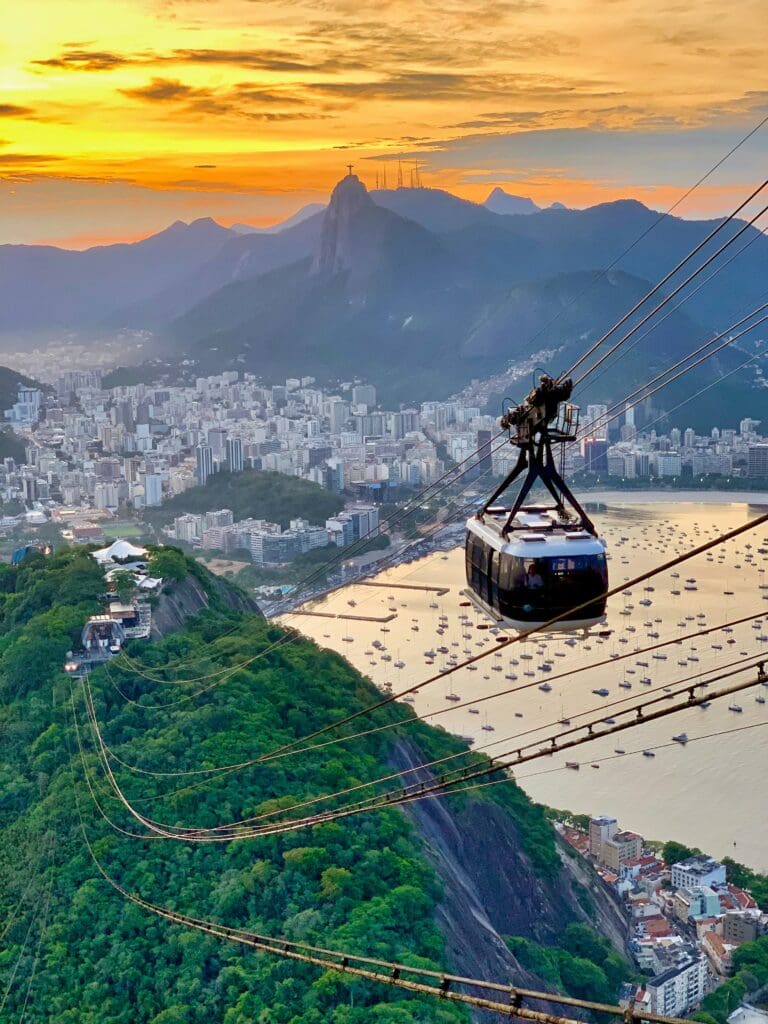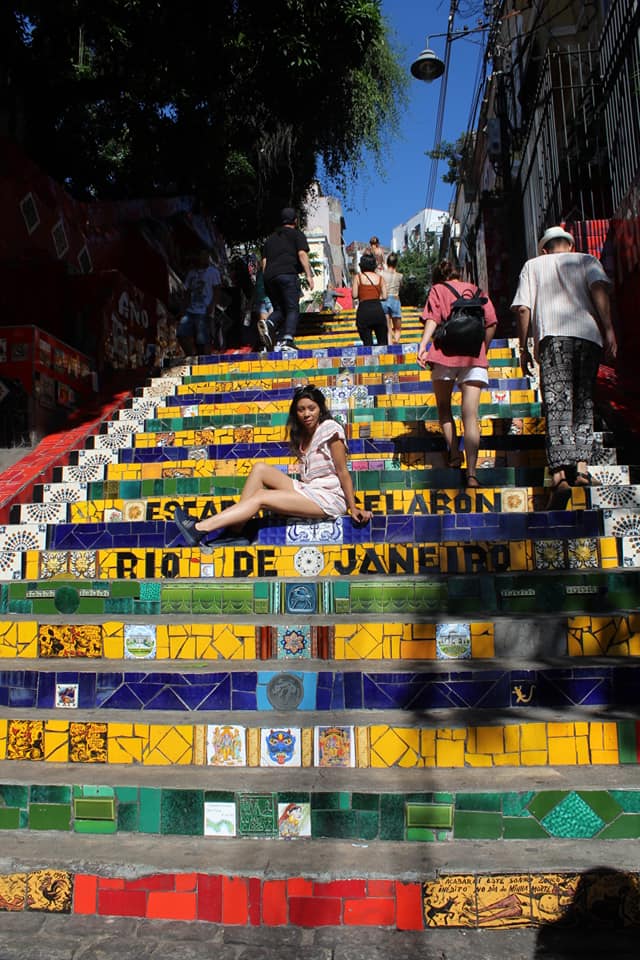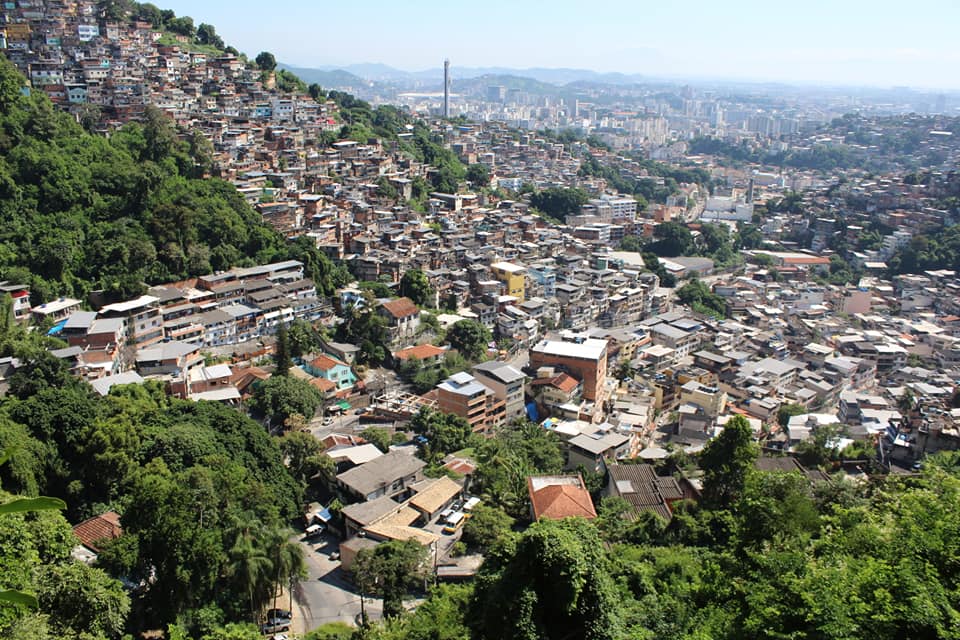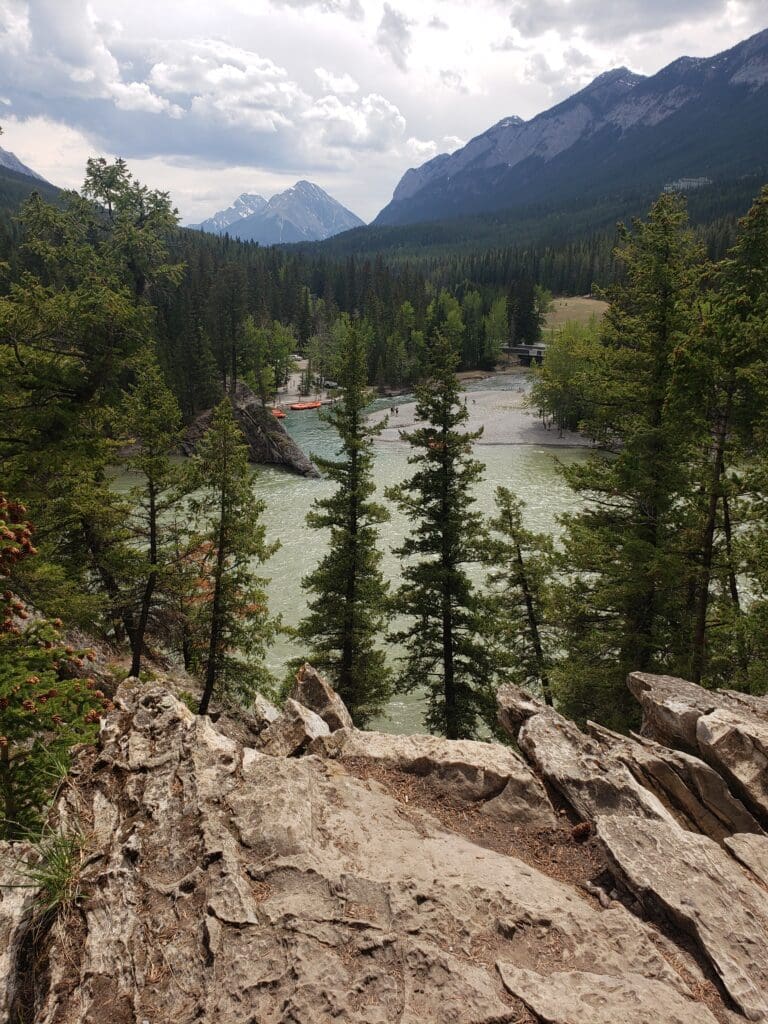Rio de Janeiro, often simply referred to as Rio, is one of the most iconic and vibrant cities in Brazil, if not the world. Rio is located on the southeastern coast of Brazil, surrounded by mountains, lush rainforests, and stunning beaches. Its most famous landmark is the towering granite peak of Sugarloaf Mountain, which rises dramatically from the shores of Guanabara Bay.
Rio is renowned for its beautiful beaches, including the world-famous Copacabana and Ipanema. These stretches of golden sand are not just places to sunbathe and swim; they’re also hubs of social activity, with beachside bars, volleyball games, and lively street vendors adding to the vibrant atmosphere.
Rio is synonymous with Carnival, the largest and most famous carnival celebration in the world. Held annually before Lent, Carnival in Rio is a spectacle of colour, music, and dance, with samba parades, elaborate costumes, and street parties taking over the city for days on end. Rio pulses with the rhythm of samba and other Brazilian musical genres. The city’s nightlife is legendary, with countless bars, clubs, and live music venues where locals and visitors alike can dance the night away to the infectious beats of Brazil.

One of the most recognizable landmarks in the world, Christ the Redeemer is a colossal statue of Jesus Christ that overlooks Rio from the summit of Corcovado Mountain. It’s not only a symbol of Christianity but also a symbol of Rio’s beauty and grandeur. Beyond its urban attractions, Rio is blessed with stunning natural beauty. The Tijuca National Park, located within the city limits, is one of the largest urban forests in the world, offering opportunities for hiking, wildlife spotting, and enjoying breathtaking views of the city.
Rio is a melting pot of cultures and influences, reflecting Brazil’s rich diversity. From Afro-Brazilian traditions to Portuguese colonial heritage, the city’s cultural tapestry is woven with a myriad of influences that make it a truly unique and vibrant destination.














